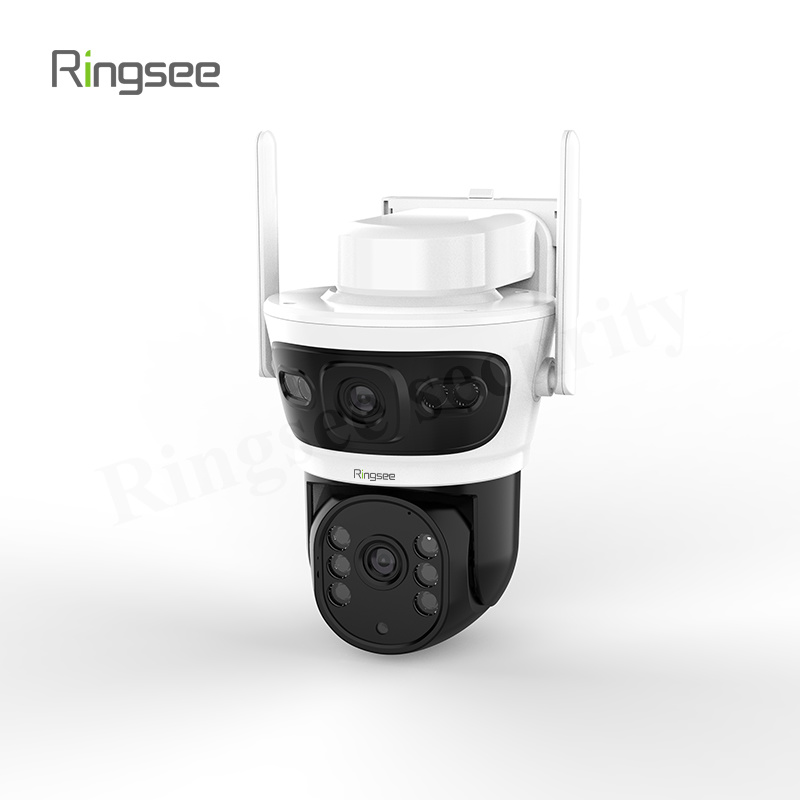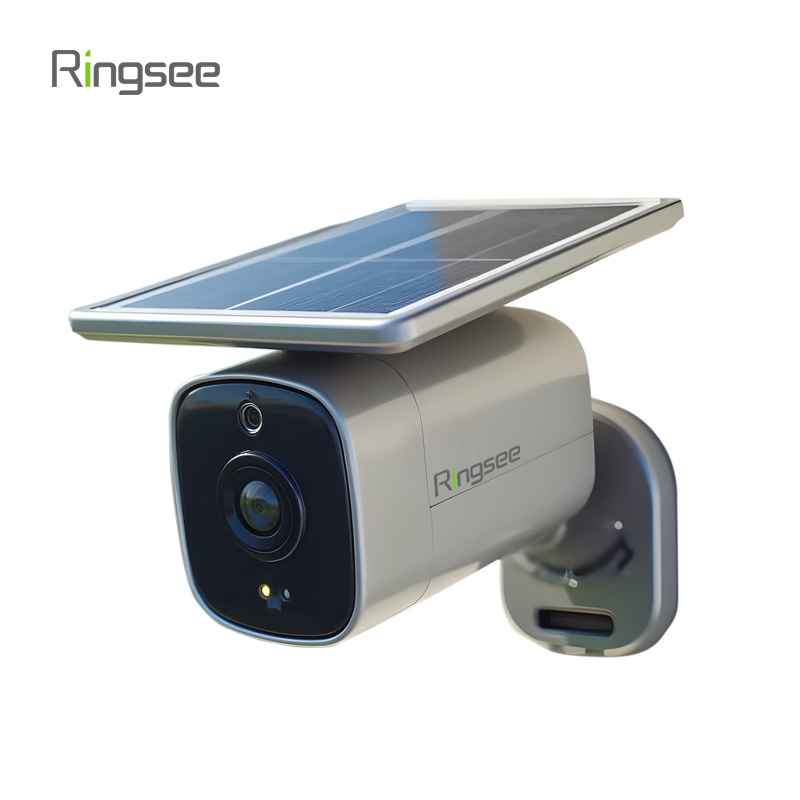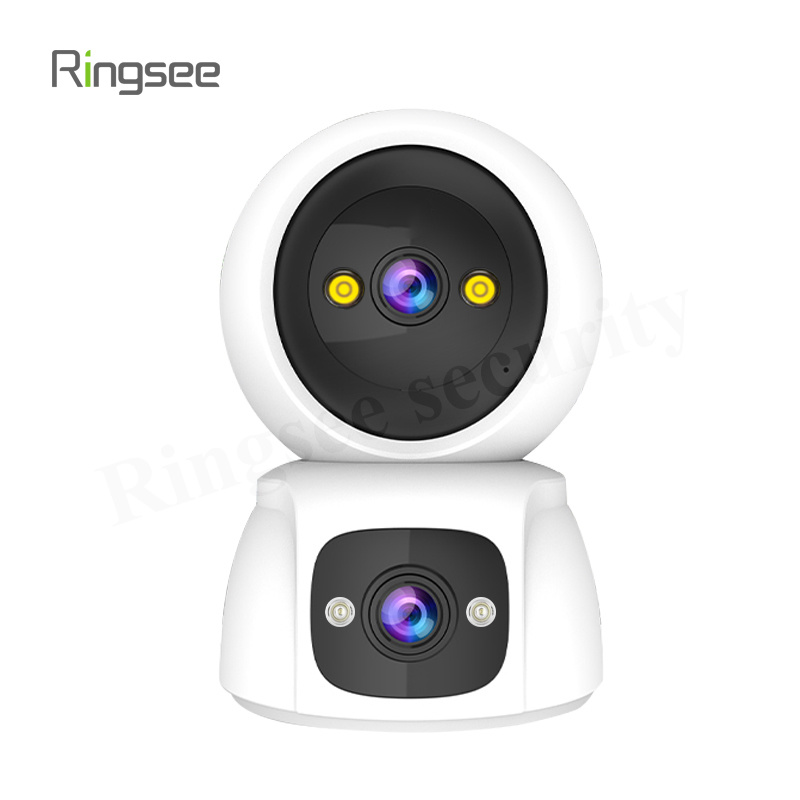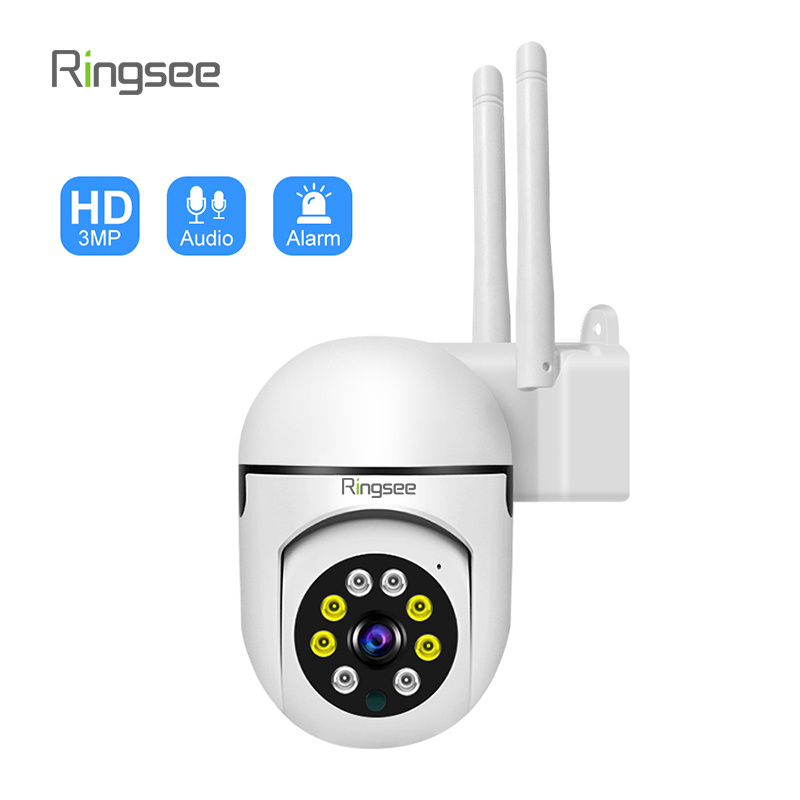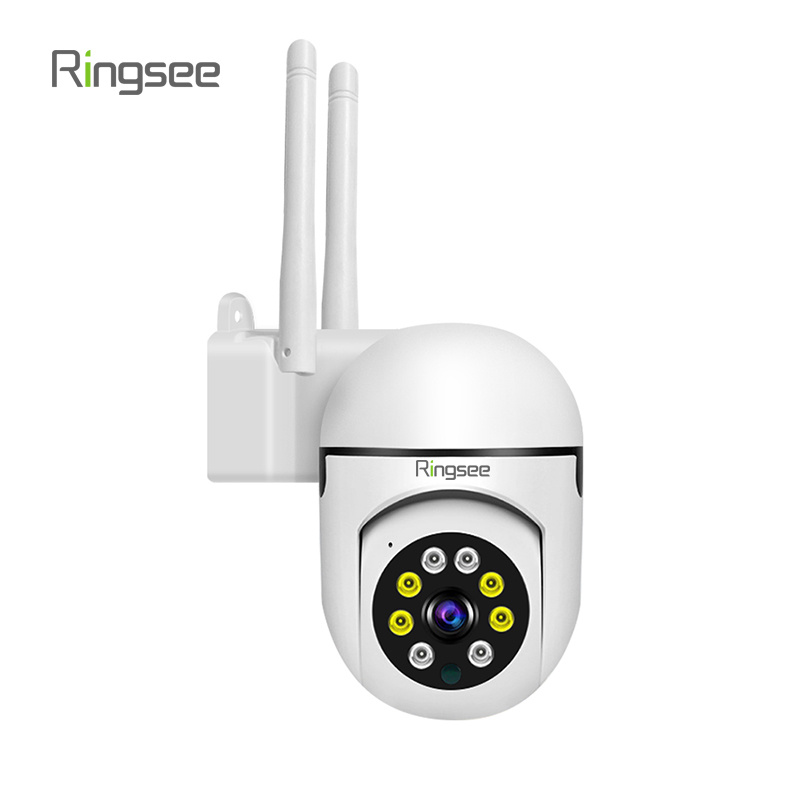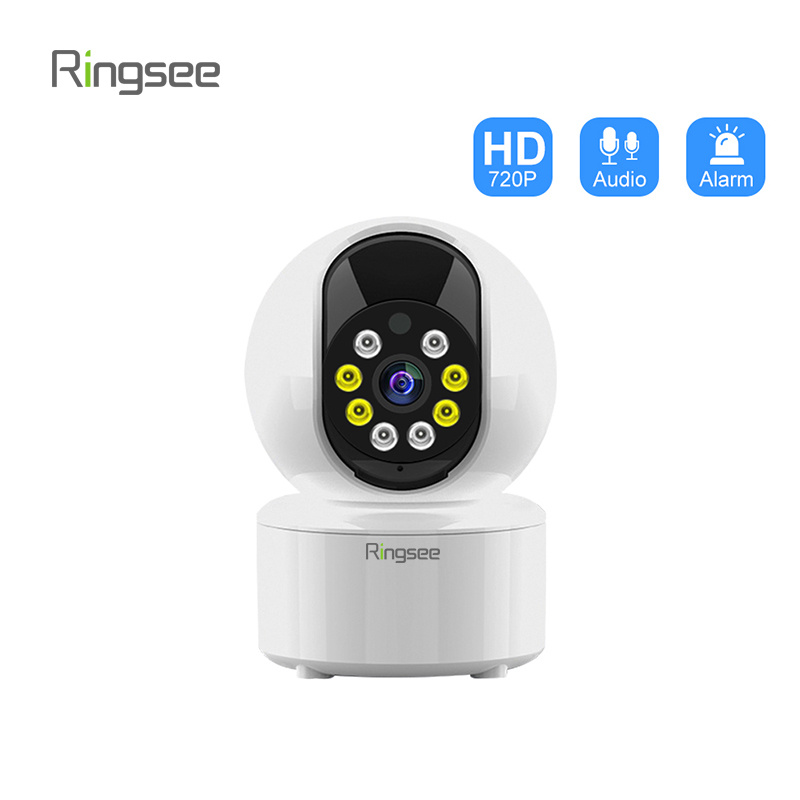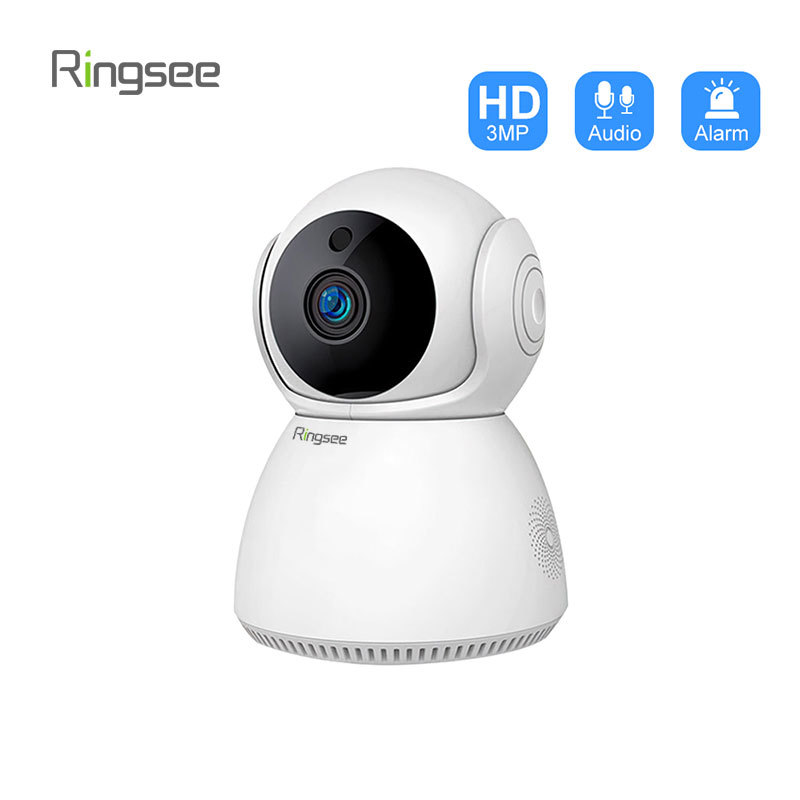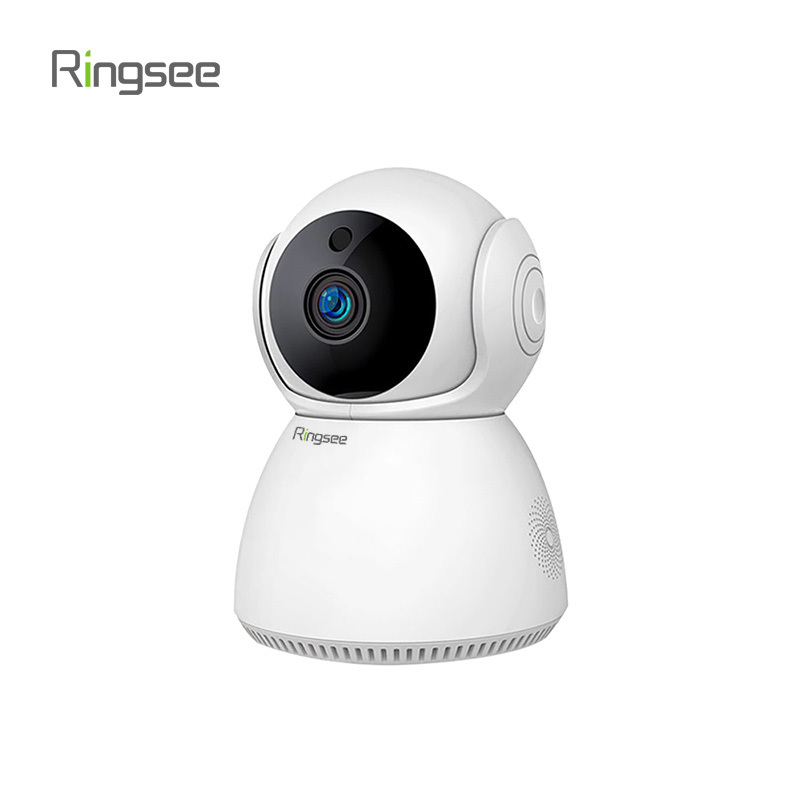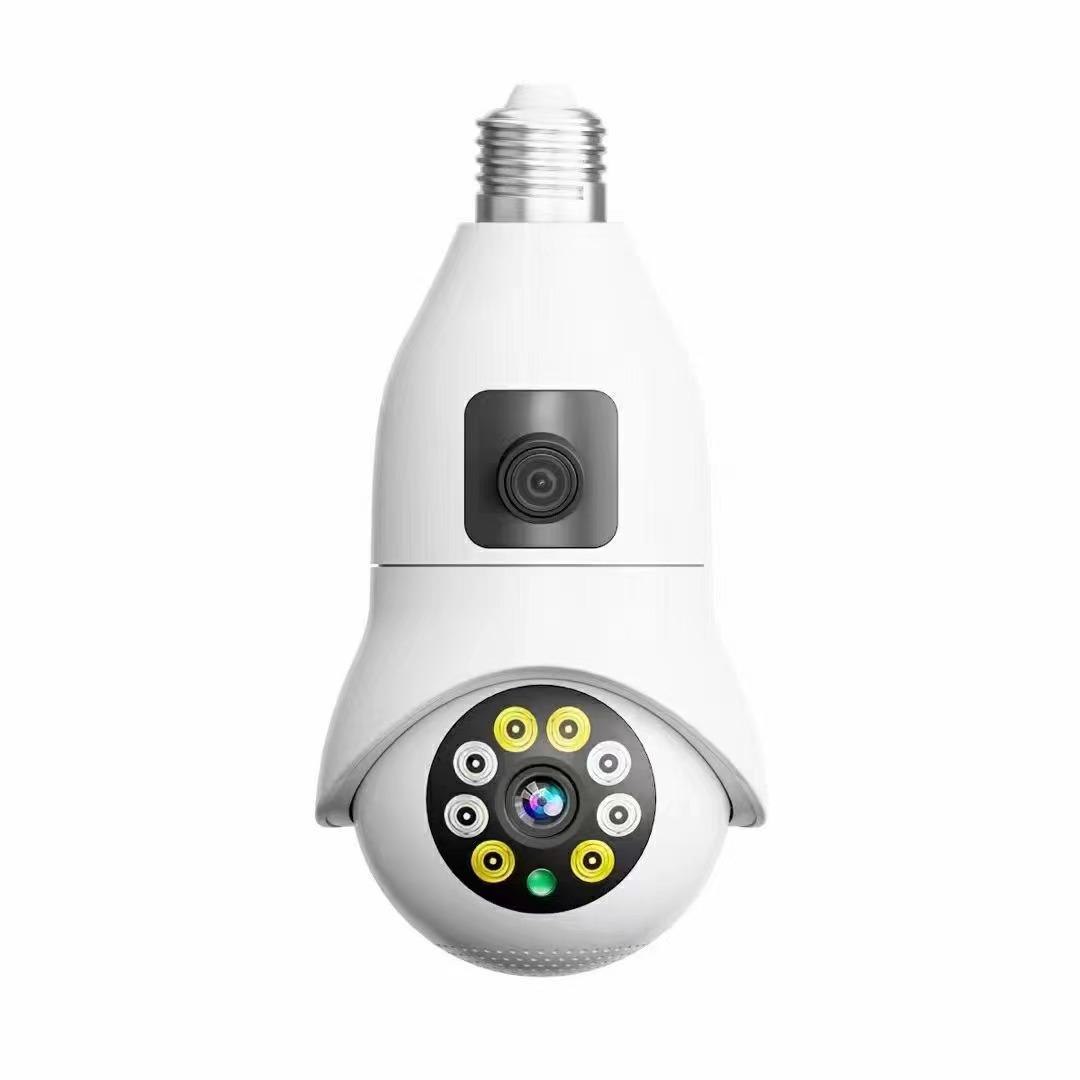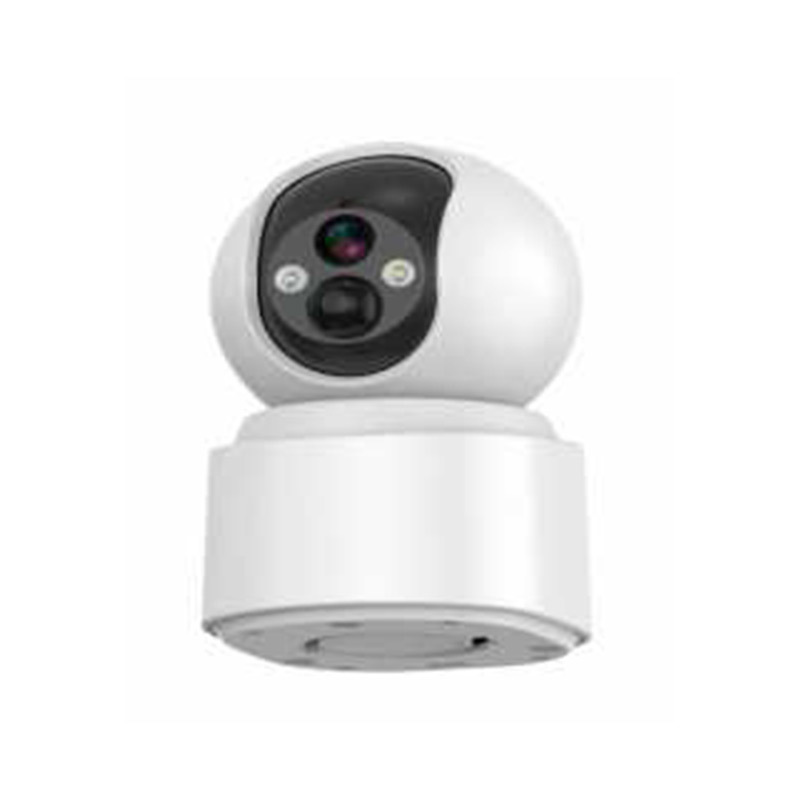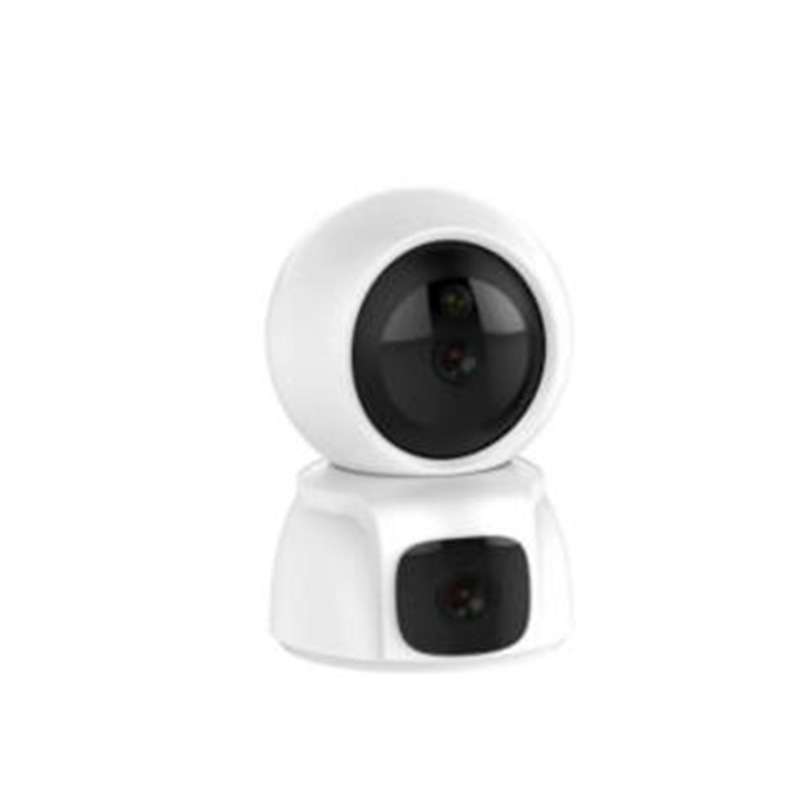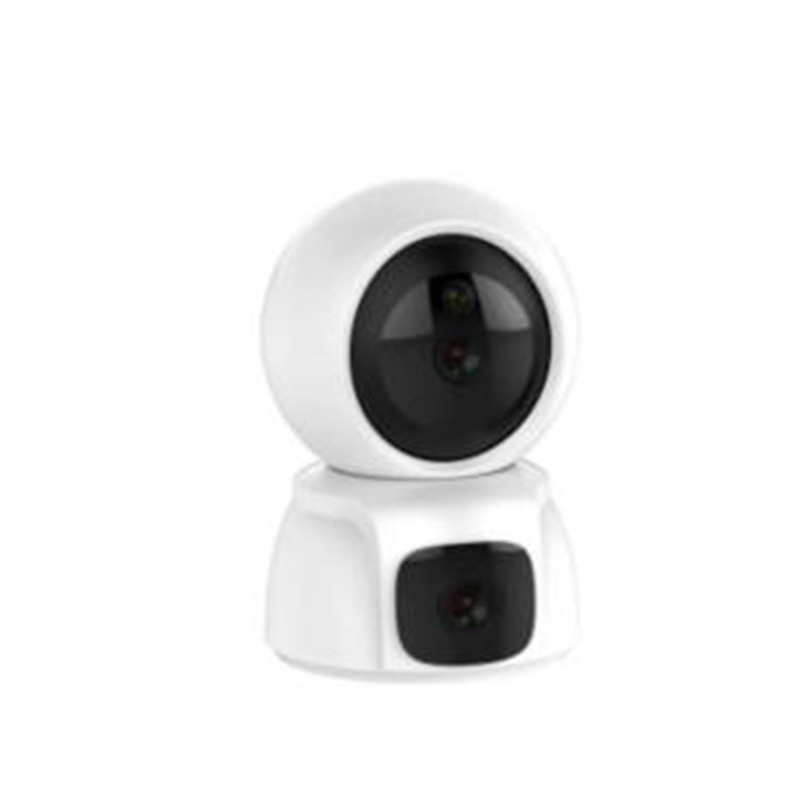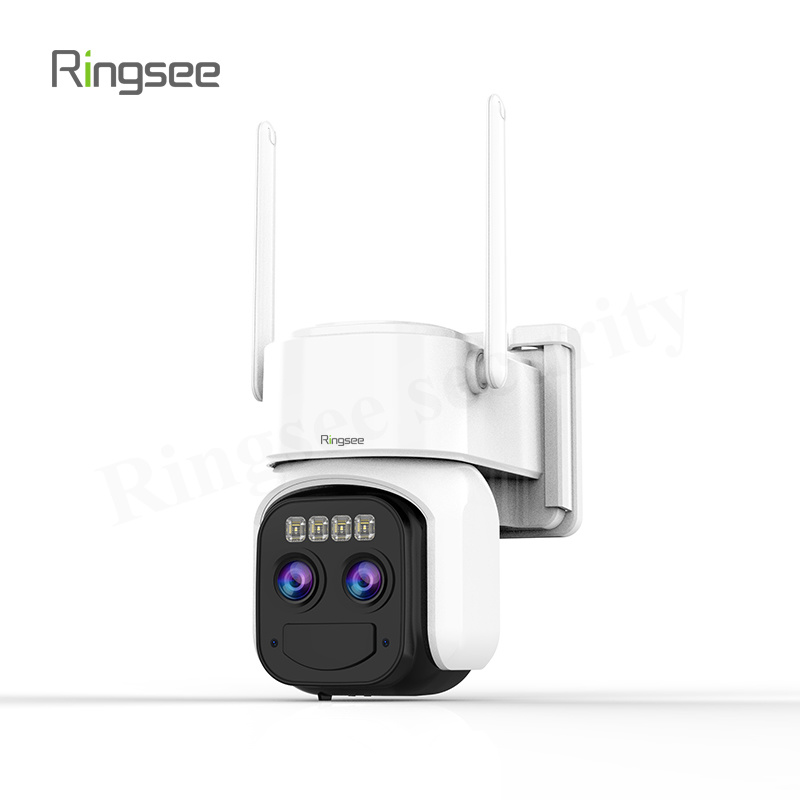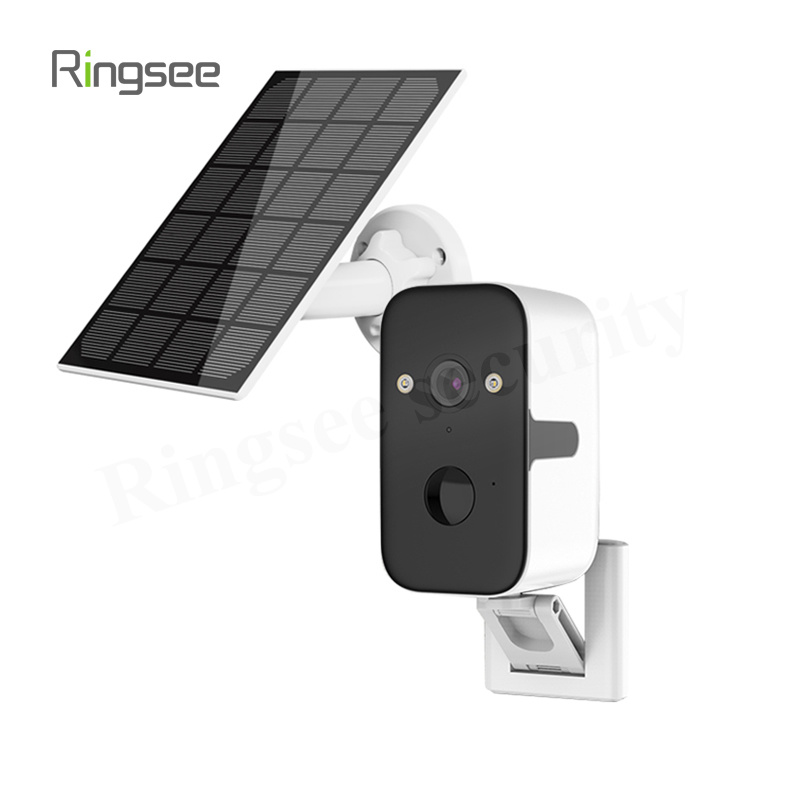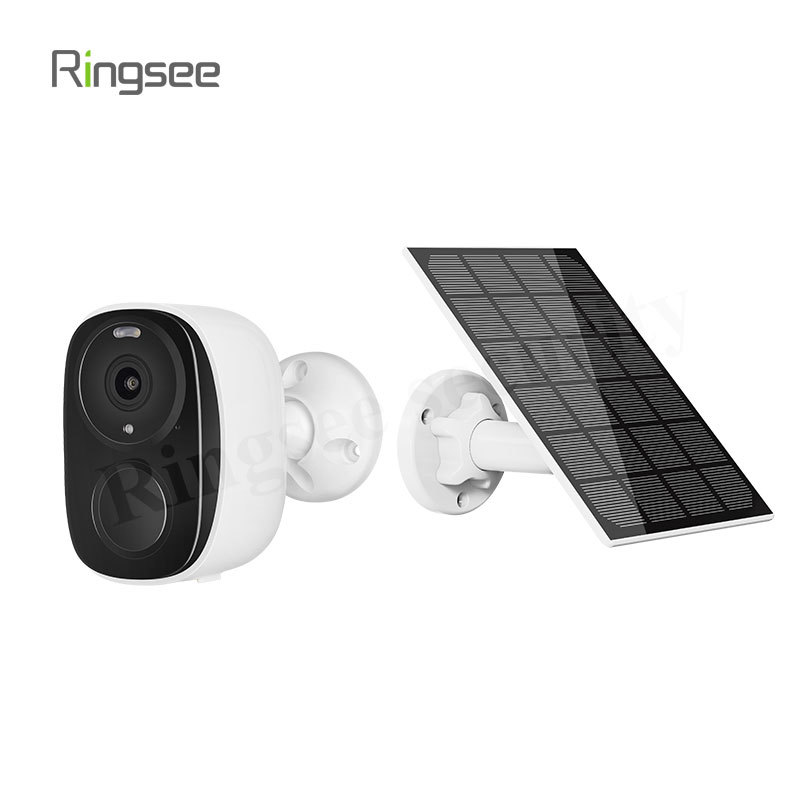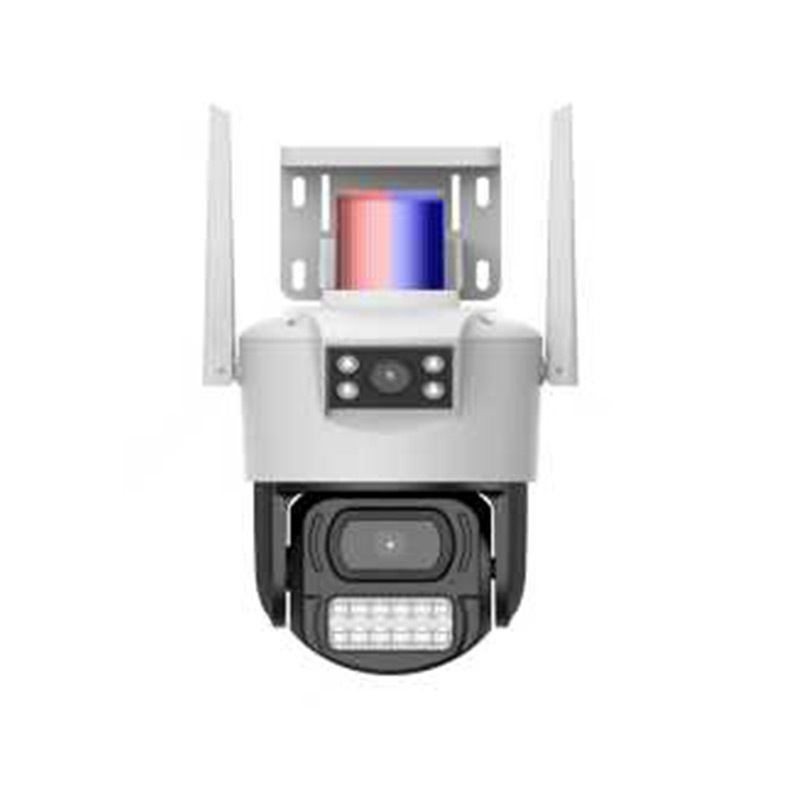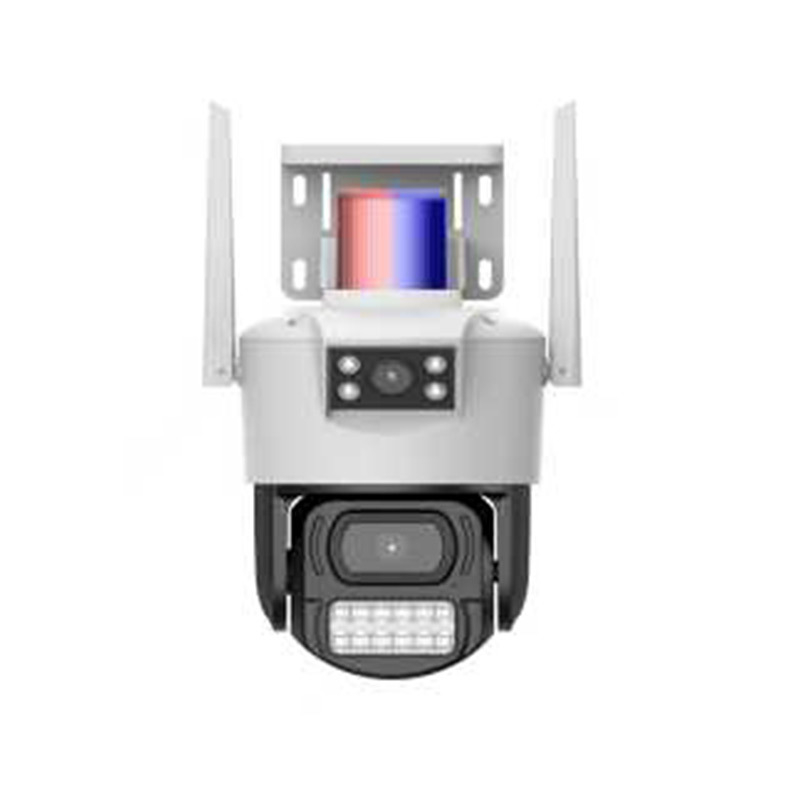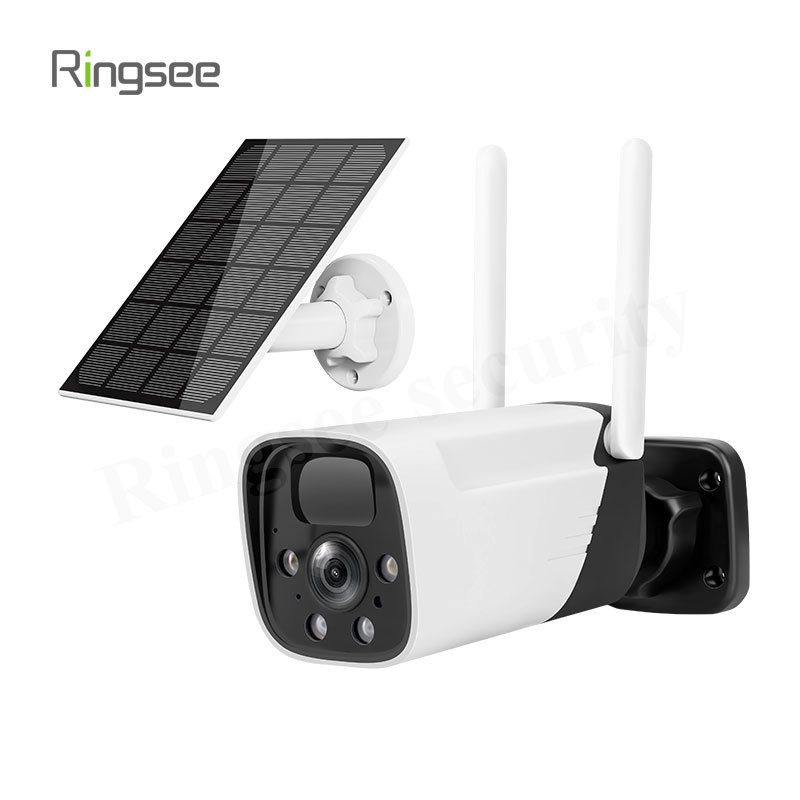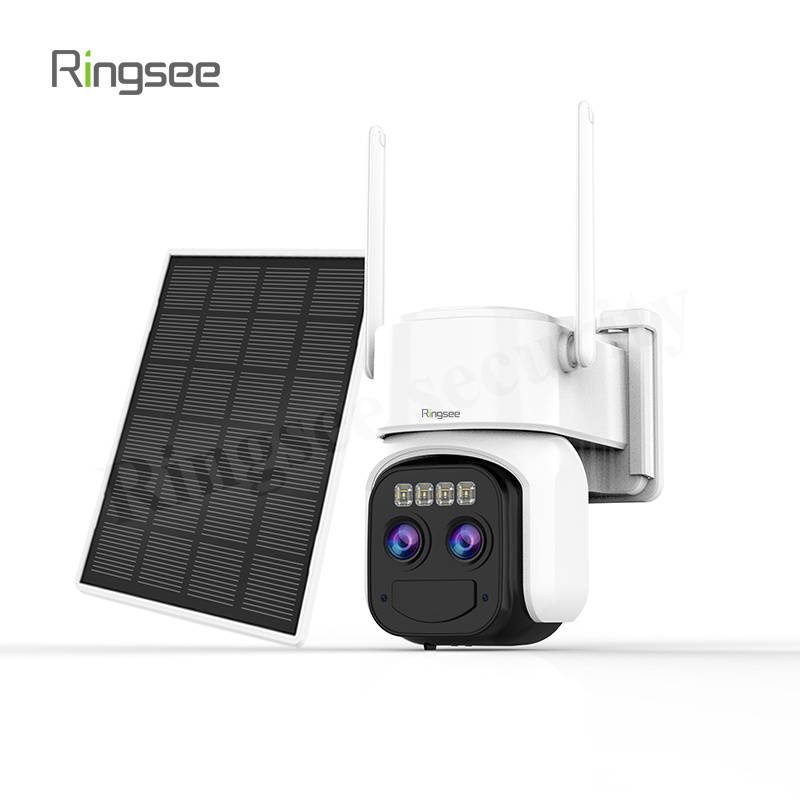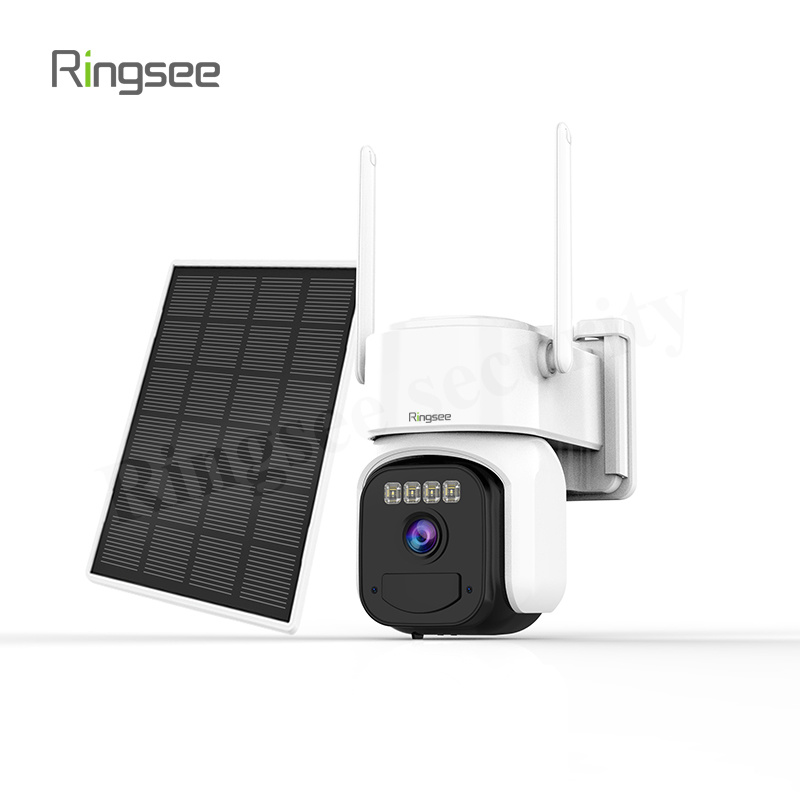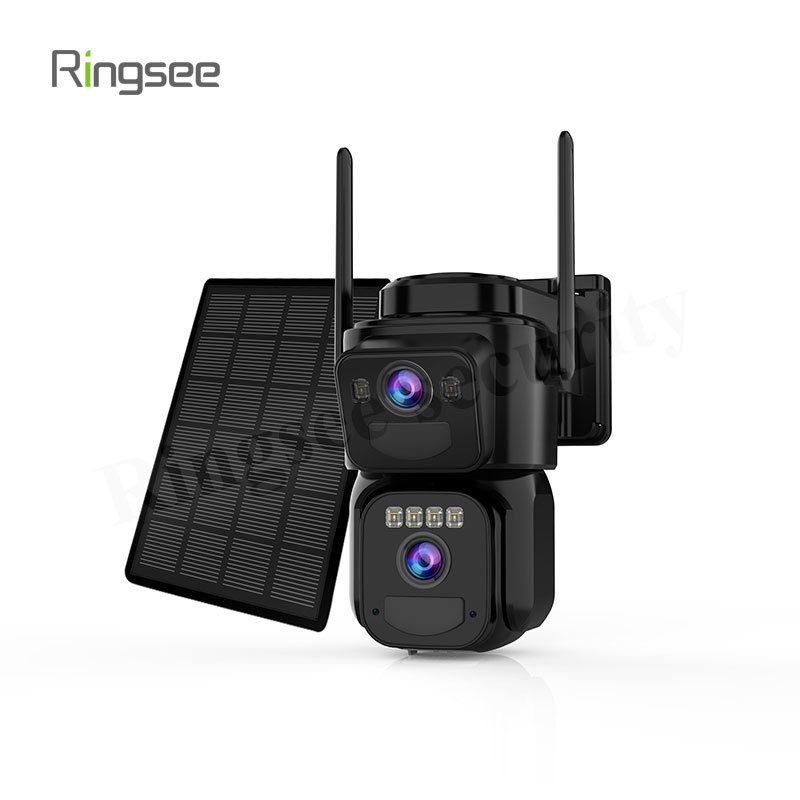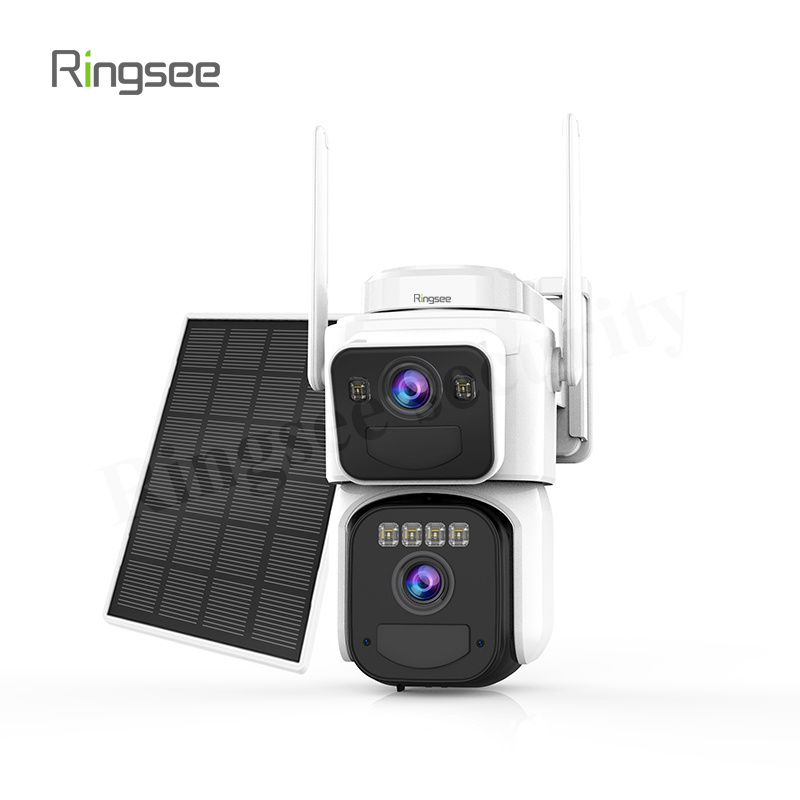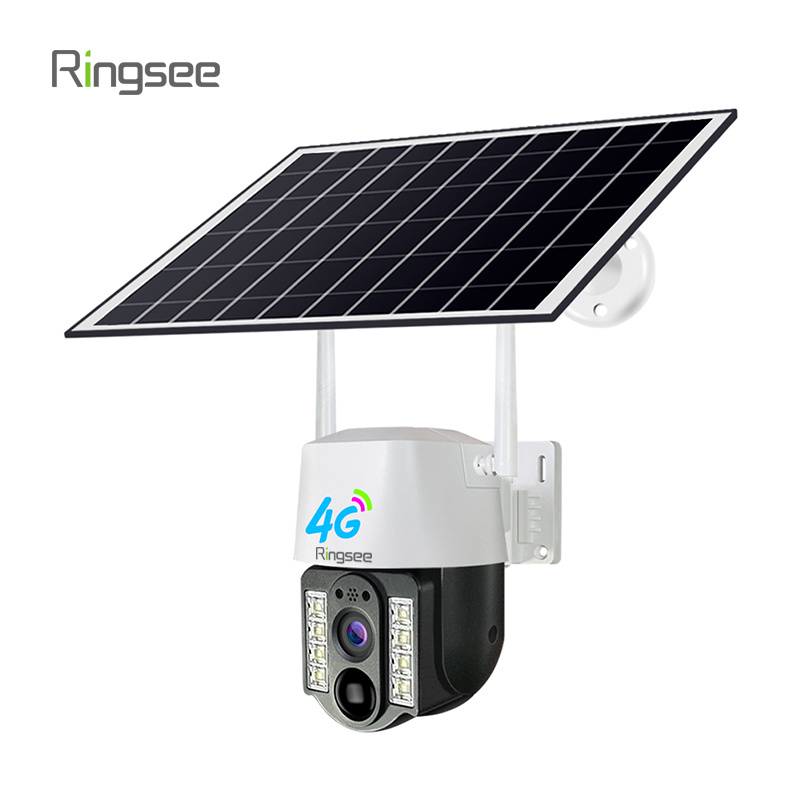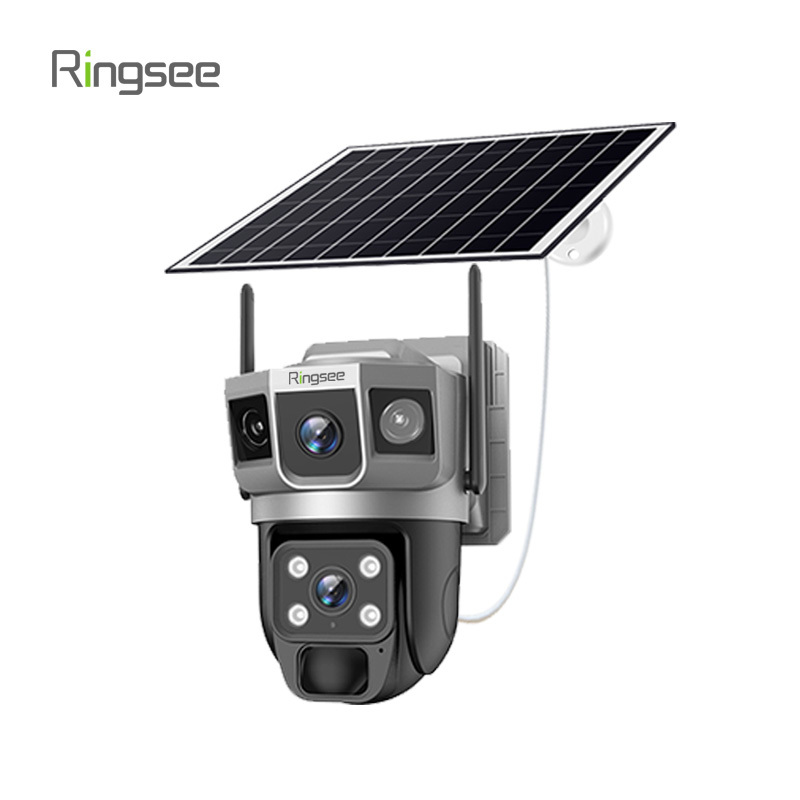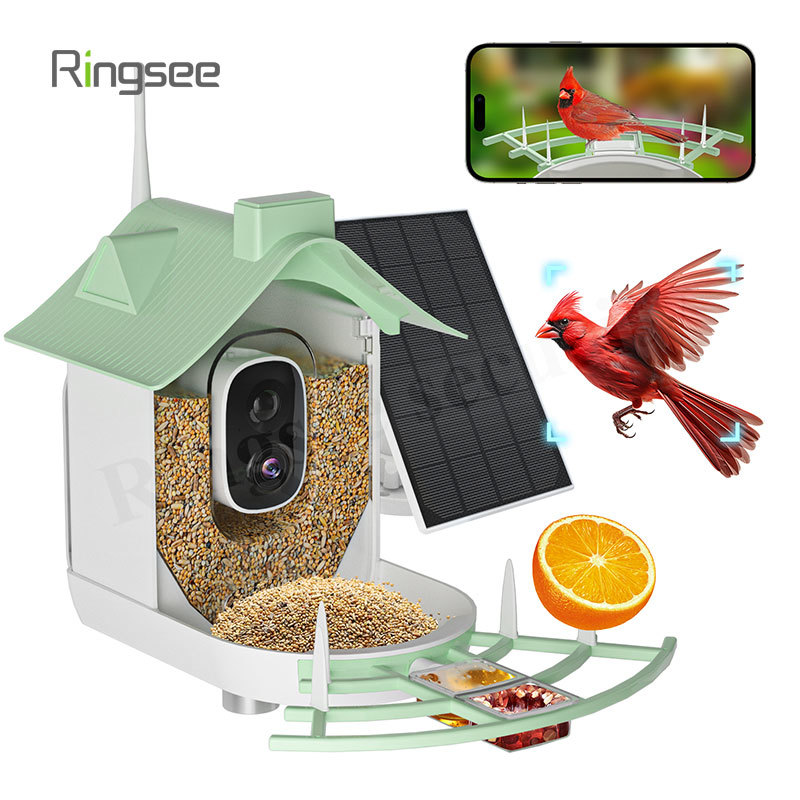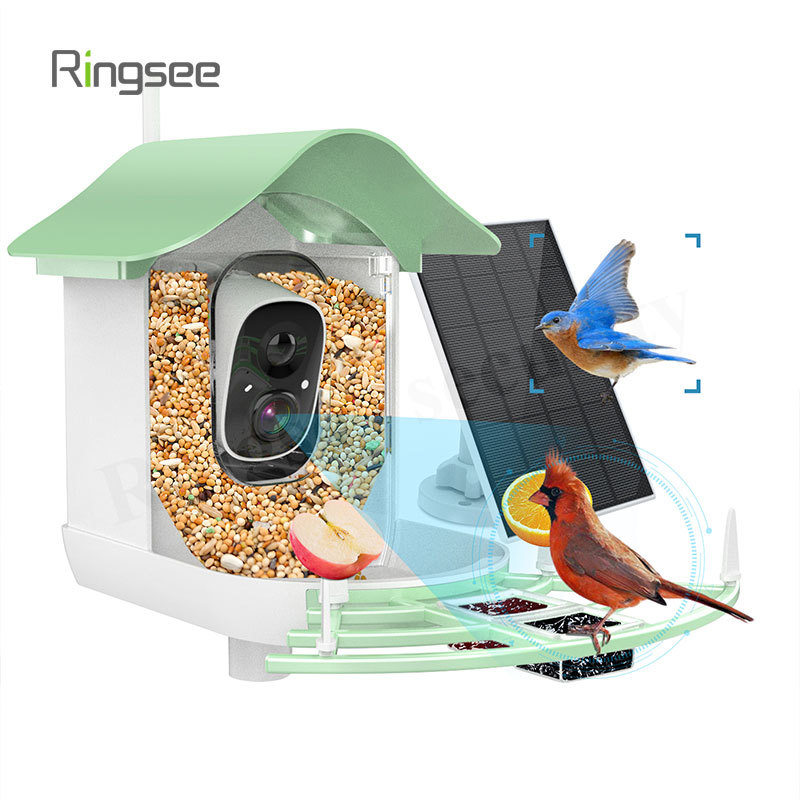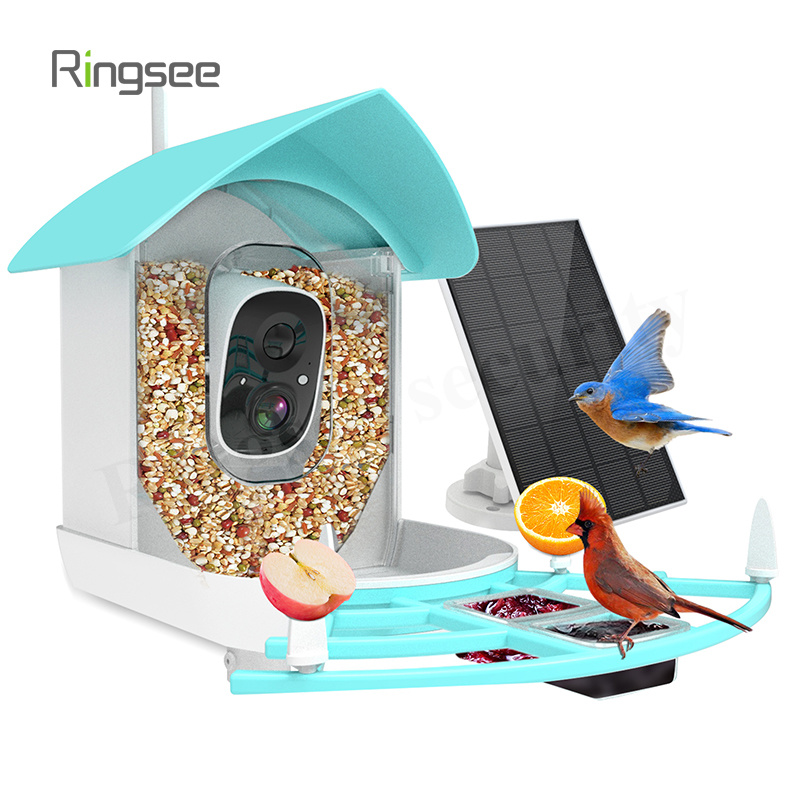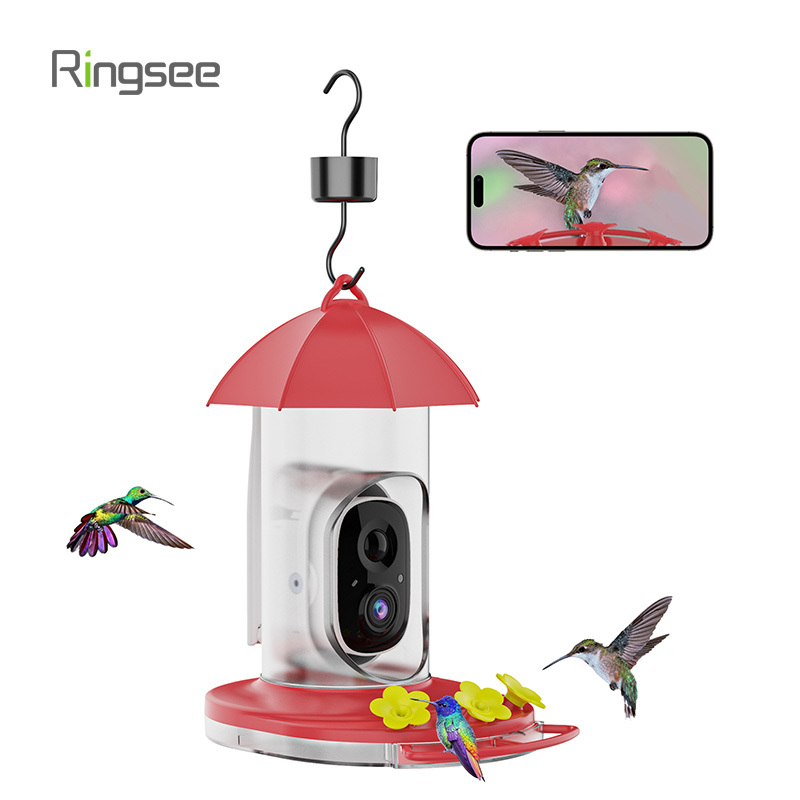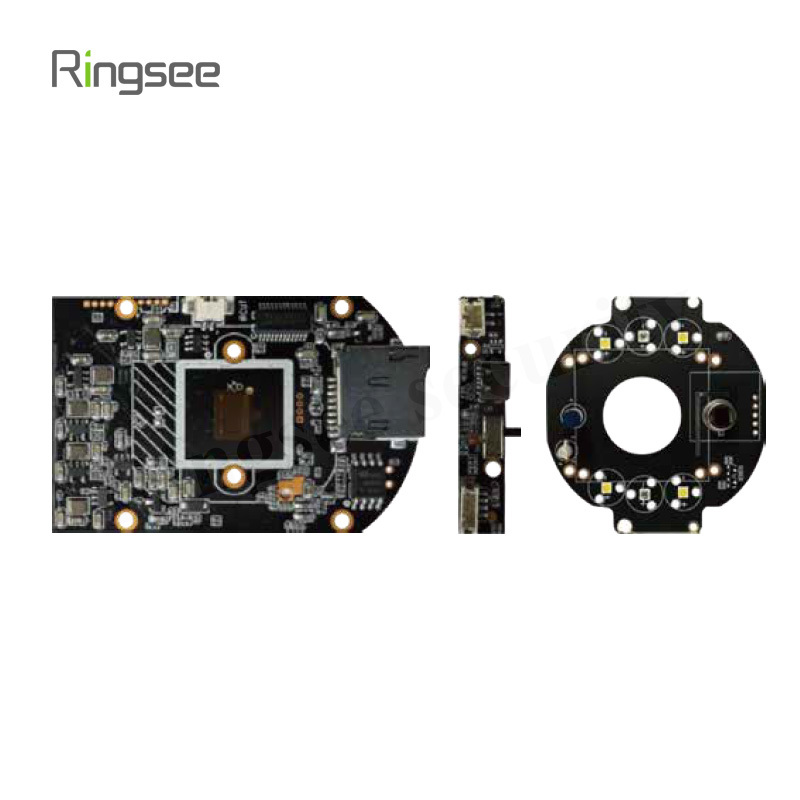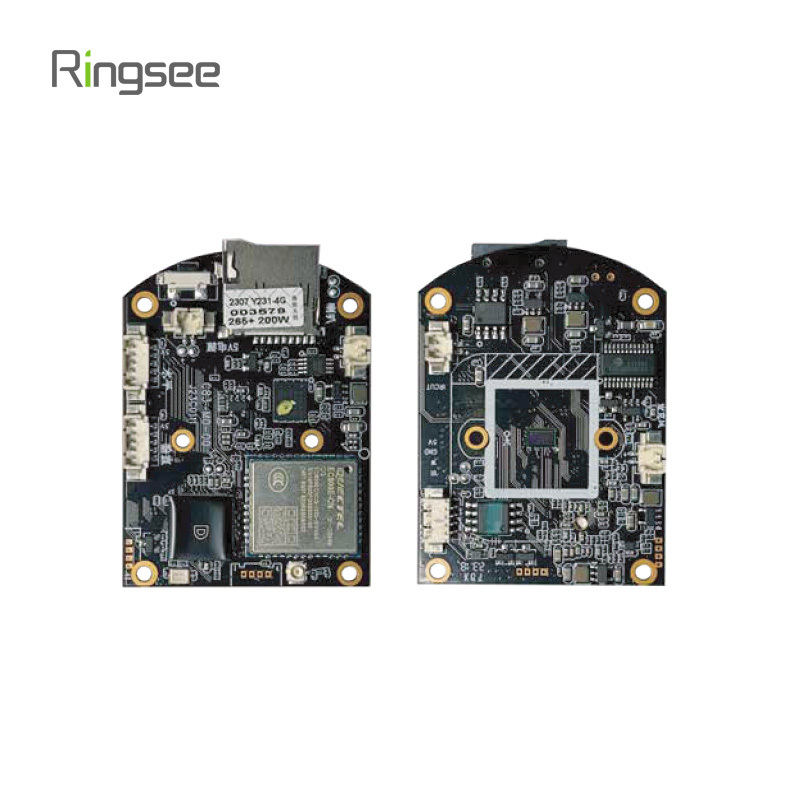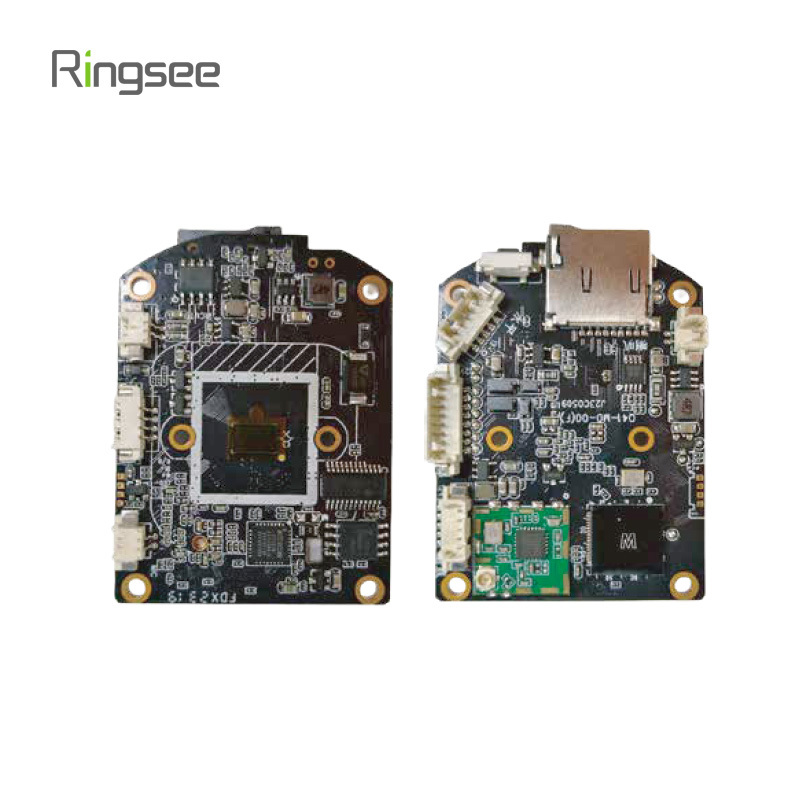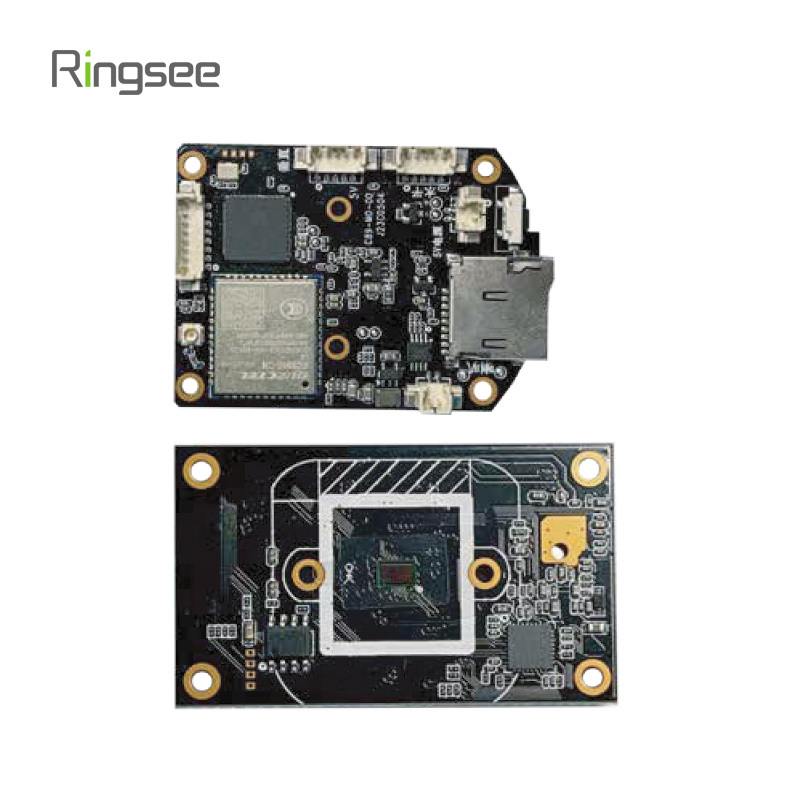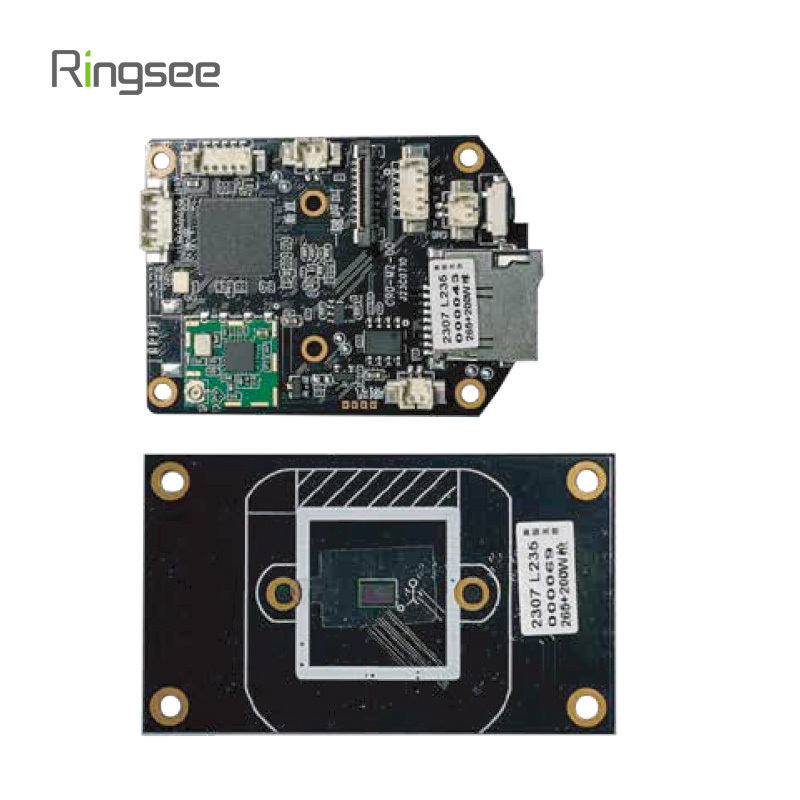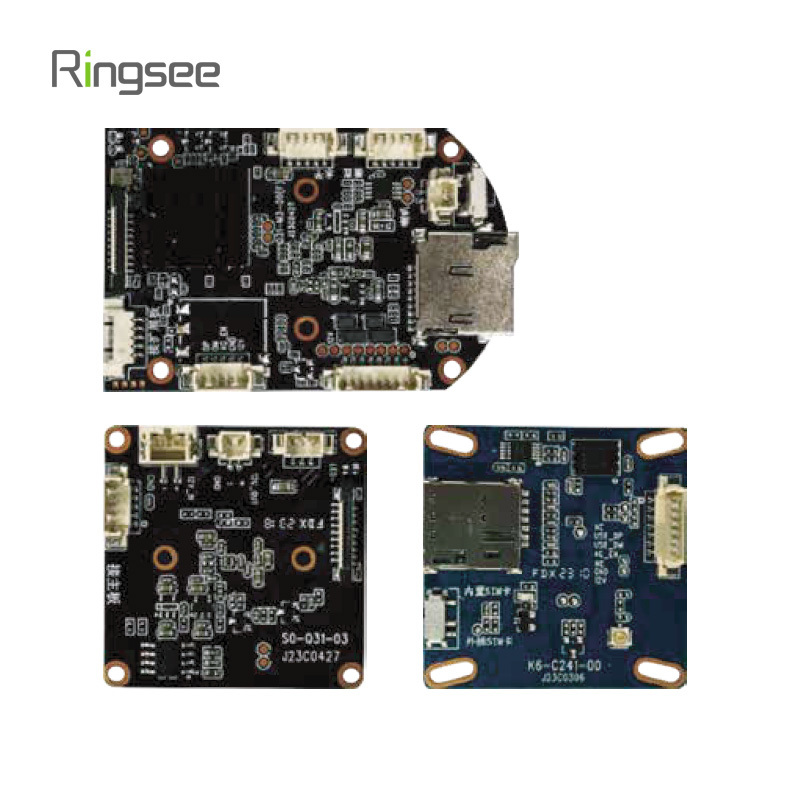Unlocking the Future of Security: How AI-Based Surveillance Systems Are Transforming Safety
Publish:
2025-06-18 11:48
Source:
https://www.ring-see.com
In today’s hyper-connected world, conventional video monitoring systems are falling short of the growing demand for smarter, faster, and more proactive security solutions. This is where AI-based surveillance systems step in—blending artificial intelligence with modern surveillance to create more efficient, intelligent, and adaptable security systems.
What Is an AI-Based Surveillance System?
An AI-based surveillance system leverages artificial intelligence technologies, such as computer vision and machine learning, to automatically interpret video footage in real time. These systems can identify objects, analyze behaviors, detect threats, and even respond autonomously, without the need for constant human supervision.
AI Surveillance vs. Traditional Monitoring: What’s the Difference?
| Feature | Traditional Surveillance | AI-Based Surveillance |
|---|---|---|
| Monitoring Method | Manual, human-monitored | Automated, intelligent analysis |
| Alert System | Basic motion detection or no alerts | Real-time smart alerts based on behavior |
| Response Speed | Delayed, dependent on human detection | Instantaneous, AI-triggered actions |
| Data Management | Continuous video storage, hard to review | Smart indexing and searchable footage |
| False Alarms | High (e.g., moving shadows, animals) | Low, due to intelligent filtering |
| Cost Over Time | Higher manpower costs | Lower due to automation and reduced need for monitoring staff |
| Scalability | Limited by human capacity | Easily scalable with edge AI and cloud integration |
Advantages of AI-Based Surveillance
Real-time Analysis: Instantly identifies threats and minimizes response time.
Lower Operational Costs: Reduces need for round-the-clock human monitoring.
Fewer False Positives: AI algorithms filter out irrelevant triggers.
Smart Search Capabilities: Easily locate specific events or objects in past footage.
Adaptive Learning: Systems improve accuracy over time with machine learning.
Disadvantages / Challenges
Initial Cost: Higher upfront investment compared to traditional cameras.
Data Privacy Concerns: Facial recognition and behavior tracking may raise regulatory and ethical issues.
Requires Technical Expertise: Installation, configuration, and maintenance may require trained professionals.
Dependency on AI Accuracy: Poorly trained AI models can misidentify or miss certain threats.
Core Features of AI Surveillance Technology
1. Real-Time Object Detection
AI-powered cameras detect and classify people, vehicles, and other objects—eliminating noise like rustling trees or passing animals.
2. Facial Recognition
Used for access control and public safety, facial recognition enhances both convenience and accountability.
3. Behavioral Analysis
AI detects unusual behavior such as loitering, sudden running, or crowd gathering—useful in both crime prevention and public safety.
4. License Plate Recognition (LPR)
Common in smart cities and gated communities, LPR captures and logs vehicle movement instantly.
5. Edge AI Processing
AI-enabled cameras process data on the device itself, reducing bandwidth consumption and improving reaction time.
Benefits Across Industries
Smart Cities: Optimize traffic flow and detect incidents automatically.
Retail: Prevent theft and analyze customer movement for better store layouts.
Logistics & Warehouses: Monitor high-risk zones, reduce liability.
Education: Ensure student safety and monitor perimeter security.
Public Transit Hubs: Track suspicious activity and manage crowd control.
Conclusion
While traditional surveillance systems have served as the backbone of security for decades, AI-based surveillance represents the future. With powerful real-time analytics, automated alerts, and reduced operational costs, AI is reshaping how we think about safety. Despite some challenges, the benefits of smarter, faster, and more responsive security far outweigh the drawbacks.
For organizations aiming to future-proof their security infrastructure, adopting AI-powered systems isn’t just an upgrade—it’s a strategic necessity.
Looking to upgrade your security with cutting-edge AI solutions? Discover how Ringsee’s intelligent surveillance technology brings advanced automation, reliability, and peace of mind to every corner of your operation.
Prev:
Related News
Unlocking the Future of Security: How AI-Based Surveillance Systems Are Transforming Safety
This is where AI-based surveillance systems step in—blending artificial intelligence with modern surveillance to create more efficient, intelligent, and adaptable security systems.
Jun 18,2025
Why "Black Light" Technology Is Quietly Disrupting the Night Security Camera Game
In the silent arms race of security camera tech, a new contender is rewriting the rules of what cameras can see in the dark — and it doesn’t blink.Forget infrared. Forget the annoying red glow that gives away your hidden camera. Black Light technology is here, and it’s changing everything we thought we knew about night vision.
Jun 17,2025
Low-Power Modules for 4G Security Cameras: Efficiency Meets Innovation
As global demand for wireless surveillance continues to rise, 4G security cameras have become the go‑to solution for remote and off‑grid monitoring. However, one of the key engineering challenges lies in balancing powerful connectivity with energy efficiency.
Jun 16,2025
How to Choose the Right Home Security Camera: A Comprehensive Buying Guide
Learn how to choose the best home security camera based on resolution, night vision, smart detection, storage options, and installation needs.
Jun 13,2025
Why Your “Smart” Camera Isn’t Smart Enough: The Cloud-Based Revolution in Home Surveillance
The truth is harsh — most home security cameras are outdated, reactive, and largely ineffective against real threats. But the new generation of cloud-based smart surveillance cameras is rewriting the rules.
Jun 12,2025
Add: 14th Floor, Baoshan Building, Longhua District, Shenzhen China.
Privacy Policy | SEO | CitySite | Support: 300.cn Dongguan
COOKIES
Our website uses cookies and similar technologies to personalize the advertising shown to you and to help you get the best experience on our website. For more information, see our Privacy & Cookie Policy
COOKIES
Our website uses cookies and similar technologies to personalize the advertising shown to you and to help you get the best experience on our website. For more information, see our Privacy & Cookie Policy
These cookies are necessary for basic functions such as payment. Standard cookies cannot be turned off and do not store any of your information.
These cookies collect information, such as how many people are using our site or which pages are popular, to help us improve the customer experience. Turning these cookies off will mean we can't collect information to improve your experience.
These cookies enable the website to provide enhanced functionality and personalization. They may be set by us or by third-party providers whose services we have added to our pages. If you do not allow these cookies, some or all of these services may not function properly.
These cookies help us understand what you are interested in so that we can show you relevant advertising on other websites. Turning these cookies off will mean we are unable to show you any personalized advertising.

